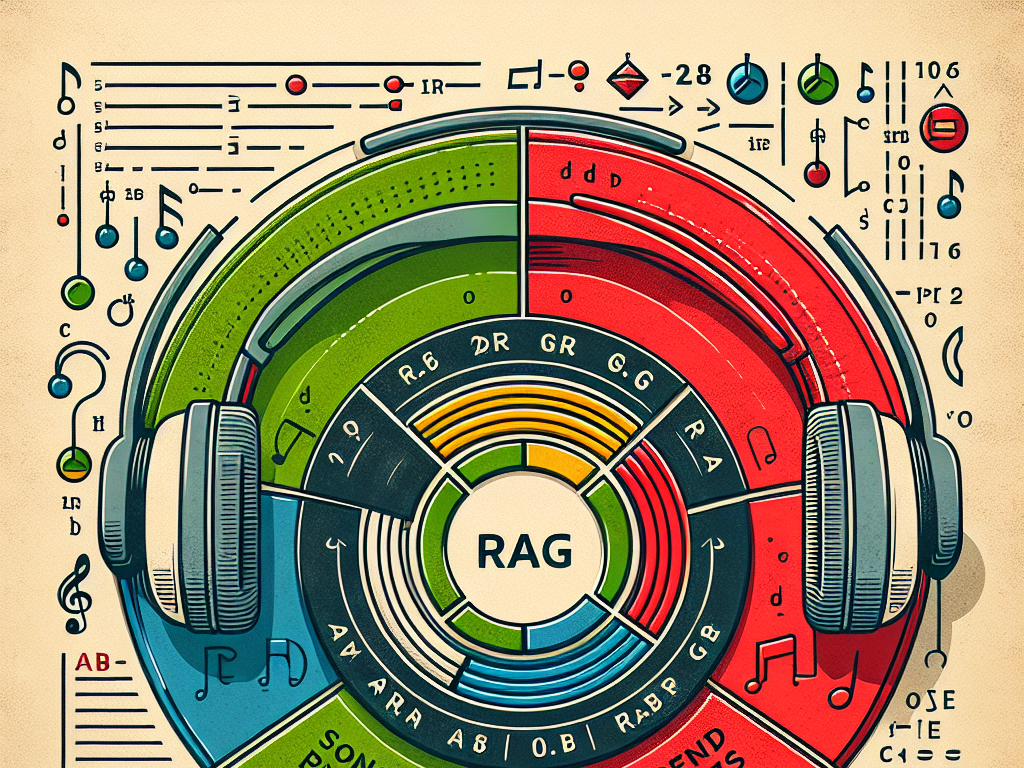RAG-Based Song Analysis for Appropriateness Using PyTorch
Learn to analyze song lyrics for appropriateness using RAG and PyTorch. Apply NLP techniques with BERT to generate embeddings, compute cosine similarity, and assess alignment with child-appropriate themes. This project covers preprocessing, similarity measurements, and t-SNE visualization. Ideal for data science and NLP enthusiasts, it offers hands-on experience in AI-driven text analysis. In just under 1 hour, master embedding-based analysis and create impactful insights.

Language
- English
Topic
- Artificial Intelligence
Skills You Will Learn
- Artificial Intelligence, Python, Natural Language Processing, PyTorch
Offered By
- IBMSkillsNetwork
Estimated Effort
- 1 hour
Platform
- SkillsNetwork
Last Update
- July 15, 2025
Why This Topic Is Important
A Look at the Project Ahead
- Understand how to preprocess text data for embedding generation using the BERT model.
- Compute similarity between embeddings using dot product and cosine similarity to evaluate content alignment.
- Visualize high-dimensional data using t-SNE to identify patterns and relationships between questions and song lyrics.
- Create reusable functions to streamline embedding generation and similarity computation.
What You'll Need
- A foundational understanding of Python programming and libraries like PyTorch, pandas, and matplotlib.
- Basic knowledge of natural language processing (NLP) and machine learning concepts.
- A web browser to run your code and visualize results.

Language
- English
Topic
- Artificial Intelligence
Skills You Will Learn
- Artificial Intelligence, Python, Natural Language Processing, PyTorch
Offered By
- IBMSkillsNetwork
Estimated Effort
- 1 hour
Platform
- SkillsNetwork
Last Update
- July 15, 2025
Instructors
Karan Goswami
Data Scientist
I am a dedicated Data Scientist and an AI enthusiast, currently working at IBM's Skills Builder Network. Learning how some simple mathematical operations could be used to make predictions and discover patterns sparked my curiosity, leading me to explore the exciting world of AI. Over the years, I’ve gained hands-on experience in building scalable AI solutions, fine-tuning models, and extracting meaningful insights from complex datasets. I'm driven by a desire to apply these skills to solve real-world problems and make a meaningful impact through AI.
Read moreJoseph Santarcangelo
Senior Data Scientist at IBM
Joseph has a Ph.D. in Electrical Engineering, his research focused on using machine learning, signal processing, and computer vision to determine how videos impact human cognition. Joseph has been working for IBM since he completed his PhD.
Read moreContributors
Faranak Heidari
Data Scientist at IBM
Detail-oriented data scientist and engineer, with a strong background in GenAI, applied machine learning and data analytics. Experienced in managing complex data to establish business insights and foster data-driven decision-making in complex settings such as healthcare. I implemented LLM, time-series forecasting models and scalable ML pipelines. Enthusiastic about leveraging my skills and passion for technology to drive innovative machine learning solutions in challenging contexts, I enjoy collaborating with multidisciplinary teams to integrate AI into their workflows and sharing my knowledge.
Read more